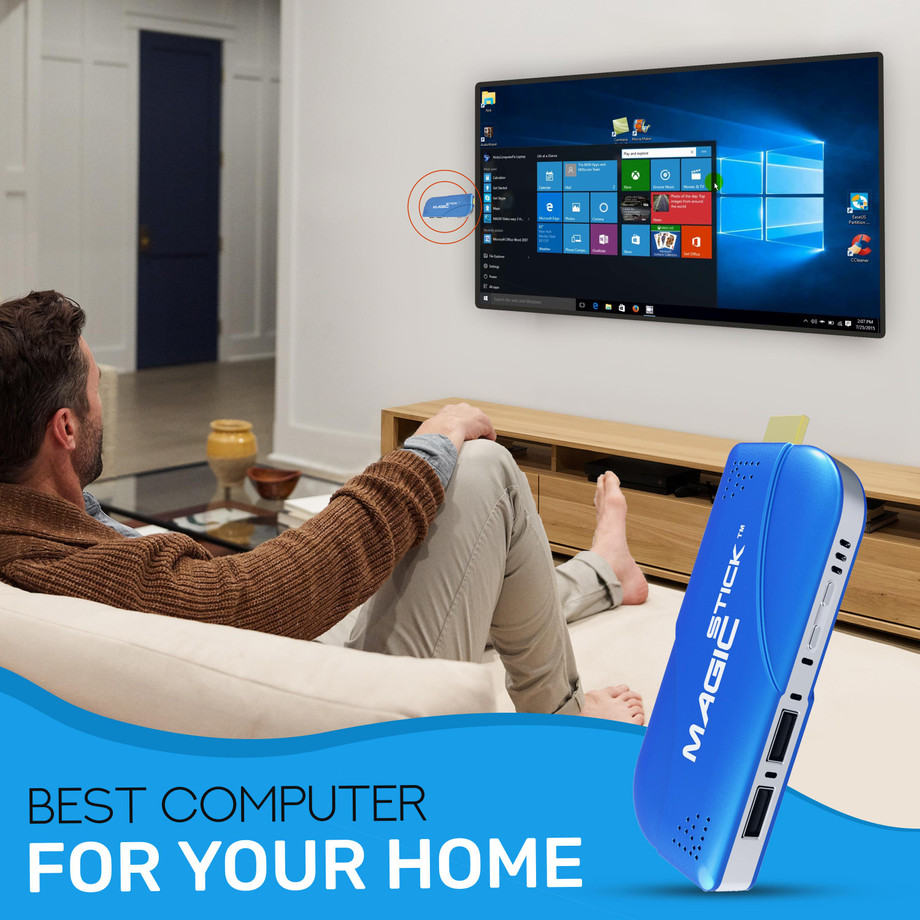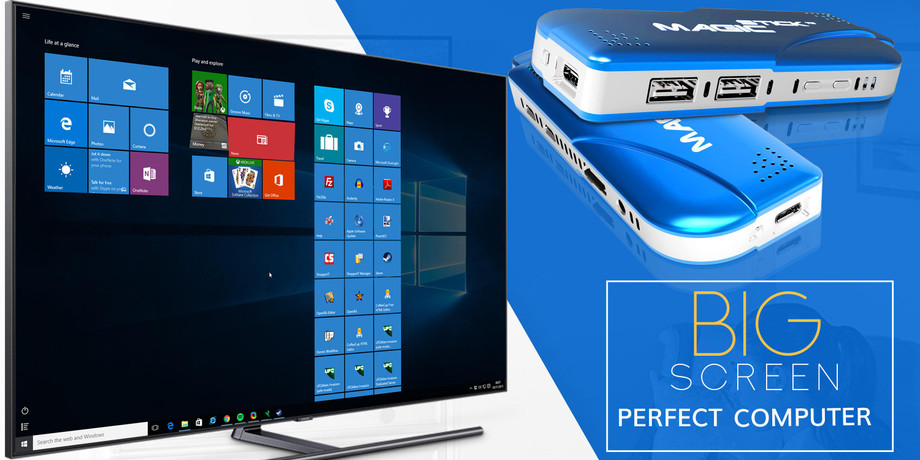Definition of USB memory / Pen drive / USB drive / USB memory / USB memory
If you are a computer user then you should know portable technology electronic storage random commercially launched in the middle of the decade 2000-2010. It is consisting of a plastic or metal frame, which contains therein one or more chips. It allows you to read, rewrite and store bits permaanently through electric charges in NAND type memory cells. Externally it has a USB connector that allows you to exchange data with the USB port of computer equipment and other electronic devices, as well as receiving an electrical supply.

There are three types of USB Stick Computer memory manufacturers:
Brand memories: these are memory chips that have been certified by prestigious electronic brands (Kingston, Verbatim, Sony, Transcend, etc.) and that include exclusive brand controllers.
USB memory with Kingston chip, being recognized by the Microsoft Windows XP operating system
Generic memories: they are memory chips that although they have been certified by certain brands (My USB, Hyundai, AION, etc.), the included controller is not proprietary, and the product is generally economical. However, this does not mean that it is of poor quality.

Magic Stick PC with a generic chip, being recognized by the Microsoft Windows XP operating system. The USB drives are an important part in the lives of many people today as they represent the easiest way to store and carry with us the documents or information we need. Despite being a necessity, many people are unaware of their meaning, the way they work and what they are for.
What types of USB memory are there?
- A USB drive for backup
- Pen drive for smart phone
- A USB drive with fingerprint reader
- A USB stick with Wi-Fi
The main features of Android Computer Stick are as follows:
- This type of memory is based on the use of semiconductors.
- It is not rewritable.
- The information stored in them is not deleted when the device is disconnected.
- They can be connected to computers or other devices.
- They are simple to handle and transport.
- They consume less energy and are cheaper.
- They are very resistant to shocks.
- They do not contain moving parts or mechanical actuators.
- They have a thermal resistance
What are the parts of USB memory?
- - Mini USB connector cover: protects the USB-V8 connector.
- - USB connector type M V8 (optional): used to connect the memory in smart phone devices.
- - Clamping hole: allow you to place the USB memory in the key ring.
- - Plastic cover: protects the internal circuits and gives aesthetics to the device.
- - Retractable button (optional): in USB drives that do not have a cover, it allows the connector to be retracted.
- - Led indicator: it allows visualizing the activity of reading and writing of the pen drive.
- - USB connector: allows the connection of the memory with the computer.
- - Cover (optional): protects the USB connector.

Comments
Post a Comment